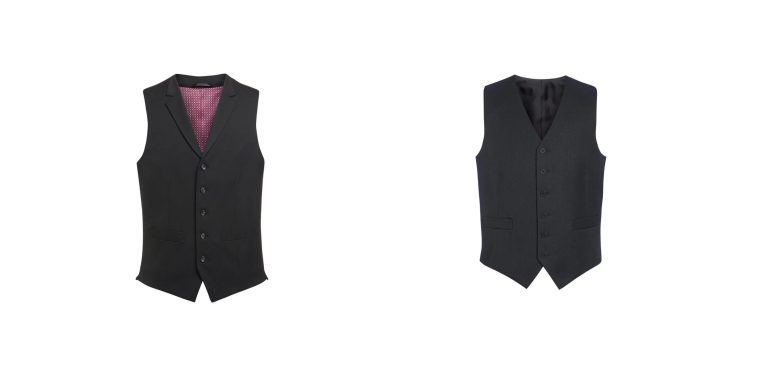
The builder in a construction vest and orange helmet smiling with laptop against industrial background. Safety specialist, engineer, industry, architecture, manager, occupation, businessman, job concept
Industrial engineering attire plays a vital role in ensuring the safety, comfort, and efficiency of engineers working in demanding environments. From manufacturing plants and construction sites to industrial facilities, engineers face various workplace hazards, including exposure to heavy machinery, extreme temperatures, and hazardous materials. Investing in high-quality industrial engineering attire not only enhances protection but also boosts productivity and reinforces a professional workplace culture.
Key Features of Industrial Engineering Uniforms
Industrial engineers require workwear that prioritizes durability, safety, and functionality. The right attire should be made from high-quality, tear-resistant, and fire-resistant fabrics that protect against workplace hazards. Materials like flame-retardant cotton, polyester blends, and water-resistant coatings help engineers stay safe from heat, chemicals, and spills.
Comfort is equally important. Industrial engineers often work long hours, requiring breathable, moisture-wicking fabrics that prevent overheating. Ergonomic designs allow for ease of movement, while reinforced stitching ensures longevity. Practical features such as multiple pockets for tools, adjustable cuffs, and high-visibility reflective strips enhance both safety and functionality.
The Importance of Industrial Engineering Uniforms in Workplace Safety
Safety is the primary reason for investing in industrial engineering attire. Engineers working in hazardous environments need protective clothing to reduce the risk of burns, cuts, and exposure to harmful substances. Proper industrial attire ensures compliance with workplace safety regulations, minimizing workplace accidents and ensuring a secure work environment.
Beyond physical protection, appropriate industrial engineering attire enhances productivity. Engineers who wear well-fitted, comfortable workwear can perform their tasks efficiently without distractions. The right clothing allows unrestricted movement, ensuring that workers can operate machinery, carry tools, and navigate industrial sites with ease.
Branding and Professionalism in Industrial Engineering Uniforms
Industrial engineering attire is also an important branding tool. A workforce dressed in branded uniforms projects a sense of professionalism, reliability, and unity. Customizing uniforms with company logos, colors, and employee names helps establish a strong corporate identity and fosters team spirit among employees.
A well-dressed engineering team creates a lasting impression on clients, stakeholders, and business partners. Providing high-quality attire shows that a company values safety, professionalism, and employee well-being, contributing to a positive workplace culture.
Choosing the Right Supplier for Industrial Engineering Uniforms
When selecting industrial engineering attire, it is essential to choose a reputable supplier that offers durable, high-quality workwear. Look for suppliers that provide a range of options, including coveralls, jackets, trousers, and safety footwear. Customization services, such as embroidered logos and personalized fittings, help businesses create a uniform look while meeting industry safety standards.
A reliable supplier ensures that industrial engineering attire meets regulatory requirements and provides long-term durability. Investing in premium-quality workwear reduces replacement costs and guarantees that engineers have the appropriate clothing to handle their work environment.
Final Thoughts
Industrial engineering attire is more than just workwear—it is a critical investment in safety, efficiency, and professionalism. High-quality uniforms not only protect engineers from workplace hazards but also improve comfort, enhance productivity, and reinforce a company’s brand image. By choosing the right industrial engineering attire, businesses can create a safe, organized, and professional work environment, allowing engineers to perform at their best.



